Osaengnyeong (Hangyeryeong) Pass (오색령(한계령))
15.7 Km 9865 2021-04-12
Seo-myeon, Yangyang-gun, Gangwon-do
+82-33-672-2883
This 1,004 m-high pass connects Seo-myeon of Yangyang-gun and Buk-myeon and Girin-myeon of Inje-gun, at the border between Naeseorak and Namseorak. The people of Yangyang know the pass as Osaengnyeong, while in Inje it is known as Hangyeryeong. Yi Jung-hwan, a late Joseon period scholar and the author of the geographical text Taengniji (On Selecting a Village), counted Osaengnyeong Pass as the first and the foremost of the six famous passes in Gangwon-do. Indeed, Osaengnyeong Pass was the route through which essential supplies were transported from Yangyang (in Yeongdong) to Inje (in Yeongseo region), and the rough pass taken by the people of Yangyang on the way to Seoul. Its presence in the folklore of the region can be seen in the popular song Hangyeryeong, which speaks to the difficulties of those who had to climb the pass. Hangyeryeong Road was opened in 1981, and today’s National Road No. 44 is famous for being a driving course through the beauty of Seoraksan Mountain. This is also the starting point of the shortest route to Daecheongbong Peak, the highest peak in Seoraksan Mountain, and the trail to the summit of Jeombongsan Mountain.
Sinheungsa Temple (Seoraksan Mountain) (신흥사(설악산))
16.3 Km 74983 2024-03-12
1137 Seoraksan-ro, Sokcho-si, Gangwon-do
+82-33-636-7044
Sinheungsa Temple is a temple located in Seoraksan Mountain near Sokcho. It belongs to the Jogye Order of Korean Buddhism. It was originally founded as Hyangseongsa Temple by the monk Jajang in the Shilla dynasty (A.D. 652). Within the temple grounds, cultural heritage sites such as Geungnakbojeon Hall, a wooden structure from the mid-Joseon period, and the Three-story Stone Pagoda at Hyangseongsa Temple Site. The temple offers a templestay program where visitors can experience temple life firsthand. Participants can engage in various activities such as Buddhist ceremonies, Buddhist prayer, 108 prostrations, and lotus lantern and rosary making.
Biryongpokpo Falls (비룡폭포)
16.4 Km 35759 2021-04-09
Seoraksan National Park, Seorak-dong, Sokcho-si, Gangwon-do
+82-33-801-0900
Biryongpokpo Falls is 2.4 km away in the south from the Seoraksan Small Park ticket booth. Biryongpokpo Falls is located between Towangseong Falls in the upper region and Yukdam Falls in the lower region. Biryongpokpo Falls was named after the shape of the water stream of the falls (pokpo) resembling a dragon (ryong) ascending (bi) to heaven. Their powerful water streams pouring into the narrow and rough valley look like a legendary dragon. There is another tale associated with Biryongpokpo Falls. A dragon lived here, and one day villagers offered a maiden to the dragon to break the drought. Then, the dragon flew up to the sky, and there were no more droughts in the village. The waterfalls drop 16 m to the ground and their loud sound resonates in the valley. In winter, the waterfalls freeze and the frozen water columns offer another magnificent view. A clear pond is formed beneath the falls and around which there is a wooden observation deck. Biryongpokpo Falls and Surroundings in Seoraksan Mountain were designated as the Scenic Site No. 95. It takes about 1 hr from the Small Park to the Biryongpokpo Falls, while it takes about 3 hr (round-trip) to visit up to Towangseong Falls and Yukdam Falls. The difficulty level of this tour course is ordinary.
Cheonbuldong Valley (천불동계곡)
16.6 Km 29791 2021-04-09
1091, Seoraksan-ro, Sokcho-si, Gangwon-do
+82-33-801-0900
As one of the Ten Sights of Seoraksan Mountain, the Cheonbuldong Valley is also called Seorakgol Valley, being a representative valley of the mountain. Along the valley covering about 7 km from Biseondae Rock to Daecheongbong Peak, visitors can enjoy the splendid scenery of various attractions including Waseondae Rock, Munjudam Pool, Ihodam Pool, Gwimyeonam Rock, Oryeon Falls, and Cheondang Falls. It has all magnificent views of Seoraksan Mountain. The Cheonbuldong Valley is also regarded as one of Korea’s top 3 valleys along with Chilseon Valley of Jirisan Mountain and Tamna Valley of Hallasan Mountain. It offers beautiful seasonal views every year, and among them, the autumnal foliage is considered the best scenery of the valley. Its colorfully-tinged autumnal leaves are in harmony with rocks in fantastic shapes, attracting many hikers in autumn.
Geumganggul Cave (금강굴)
16.6 Km 28146 2019-11-27
1091, Seoraksan-ro, Sokcho-si, Gangwon-do
+82-33-801-0900
Hollowed into the rocks of Seoraksan Mountain, about 600 meters above sea level, you will find Geumganggul Cave. This 23 square meters cave was once used as a place of worship, and contains a stone sitting Buddha and some earthenware. The route up the cave is quite steep, and visitors must walk across a few bridges and up concrete stairways. However, you will be rewarded with a captivating view of Cheonbuldong Valley.
The hiking trail from Seorakdong to Geumganggul Cave, which also passes by Biseondae, is 3.6 kilometers long and takes about 1 hour and 40 minutes.
Biseondae Rock (비선대)
16.6 Km 19608 2021-04-09
1091, Seoraksan-ro, Sokcho-si, Gangwon-do
+82-33-801-0900
Biseondae Rock is a large rock located in the Cheonbuldong Valley of Seoraksan Mountain. The rock blended with a giant surrounding rocky wall creates a mysterious atmosphere. When it rains, water flows down through the rock and forms a small waterfall. The stream of water winding around the rock is considered the magnificent view, which is similar to that of the Manpokdong Valley in Geumgangsan Mountain. When the season changes, its landscape boasts different scenery: full-blown flowers in spring, green and refreshing trees in summer, colorful autumnal leaves in autumn, and white snowy view in winter. Due to such a mysterious landscape, Biseondae Rock bears a legend in which Taoist hermit called Magoseon enjoyed scenery of this place and ascended to heaven. The name of Biseondae, meaning the rock (dae) where a Taoist hermit (seon) flew up (bi) to the sky, originates from this legend.
Seoraksan Cable Car (설악산 케이블카)
16.7 Km 78221 2024-04-08
1085 Seoraksan-ro, Sokcho-si, Gangwon-do
A ride on the Seoraksan Cable Car is the best way to enjoy the unexplored regions of Seoraksan Mountain. The cable car station is located in Seoraksan National Park, and it takes about 10 minutes to reach Gwongeumseong Fortress, which is 700 meters above sea level. Since one-way tickets are not available, passengers must purchase a round-trip ticket. From the cable car window, passengers can see famous attractions like Ulsanbawi Peak and Manmulsang Rocks. From Gwongeumseong Fortress, passengers can take in a panoramic view of Seoraksan Mountain. Seoraksan Mountain, seen from the top of Gwongeumseong Fortress, is majestic and mysterious with unique rock formations. Upon reaching the top of the mountain, the entire scenery of Outer Seorak unfolds before one's eyes. Visitors will be amazed by the Allak Hermitage from the Silla dynasty and the Muhagsong Pine Tree, which has survived for hundreds of years just below Gwongeumseong Fortress. There are many tourists on weekends, public holidays, and fall foliage season, so visitors are advised to plan ahead.
Seoraksan Osaek Jujeongol Valley (설악산 오색주전골)
17.0 Km 18829 2024-02-29
Yaksu-gil, Seo-myeon, Yangyang-gun, Gangwon-do
+82-33-672-2883
Osaek Jujeongol Valley in Seoraksan Mountain is renowned for its vibrant autumn maple leaves. The area features a 7-kilometer trail stretching from Oksaek Mineral Spring to Yongsopokpo Falls, accessible to all visitors. The valley boasts stunning scenery, with a mix of valleys and rock formations. When the autumn leaves begin to change colors, the landscape turns into a breathtaking masterpiece.
INJE HOTEL [Korea Quality] / 인제호텔(INJE HOTEL) [한국관광 품질인증]
17.1 Km 144 2024-07-01
4 , Inje-ro 187beon-gil, Inje-gun, Gangwon-do
+82-33-461-4035, +82-10-5215-1551
The Inje Hotel in Inje-eup, Gangwon-do, offers a variety of rooms including standard, VIP, large ondol rooms, and special rooms for particular customer groups. Separate shower rooms are shared. There is a Korean restaurant on the first floor, and lobby facilities include a free fax machine, a beverage/ramen vending machine, a water purifier, and a microwave. Coffee beans are always available. The hotel is close to Inje Intercity Bus Terminal, while tourist attractions within walking distance include the Sanchon Folk Museum and the Skyfall Culture Center.
Gachilbong Battlefield (가칠봉지구전투전적지)
17.1 Km 28951 2020-04-02
Haean-myeon, Yanggu-gun, Gangwon-do
+82-33-480-2675
The entire
town of Haean-myeon is contained in Haean Basin. Also known as Punch Bowl, Haean
Basin is surrounded by high peaks and one of these peaks is Gachilbong.
The
nature of the terrain in the Gachilbong area made it difficult to conduct
military operations during the Korean War. The North Korean military utilized these natural features to build a solid defense position and launch counterattacks, while the
South Korean soldiers in the lowland were in a disadvantageous position. South Korean soldiers were under the command of 5th
Division Commander Brigadier General Min Gi-sik and 24th Regiment Commander
Colonel Yu Ui-jun. On the North Korean side, the 7th, 14th, and 32nd Regiments of the
27th Division and the 23rd Regiment of the 12th Division under the 2nd Corps fought back.
By
sending a military deployment and conducting search operations, the
South Korean military completed a reconnaissance of the area on August 30 and
advanced to counterattack. On August 31, after defending their position for two
days, the South Korean soldiers were able to break the North Korean resistance.
Each unit secured a strongly fortified position to draw the North Korean
soldiers out. Thereafter, South Korea launched an all-out attack and captured Hill
1241. However, North Korea attacked again and South Korea retreated. After several attacks and counterattacks,
South Korea was able to take back Gachilbong and the surrounding areas. Although
it resulted in heavy casualties on both sides, this battle ultimately
gave South Korea possession of Haean Basin.

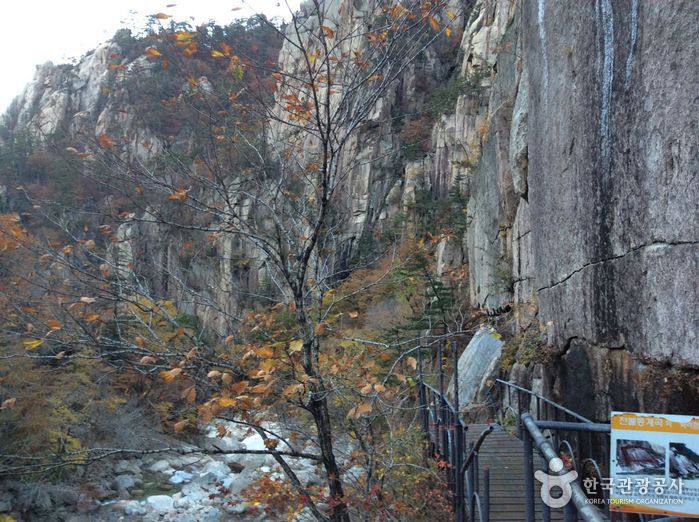
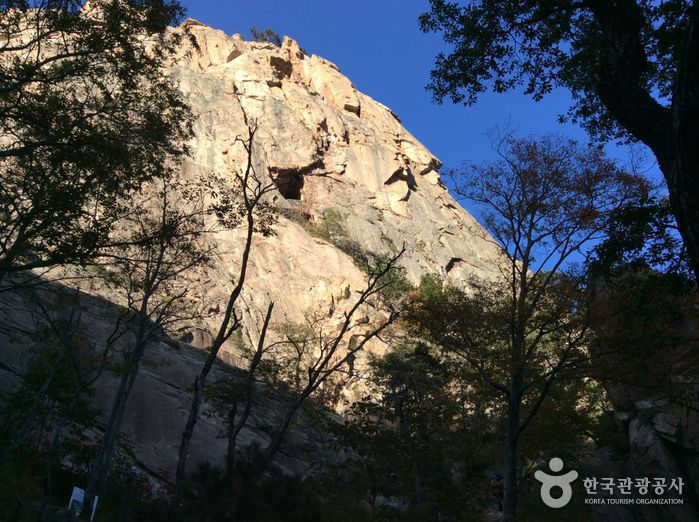
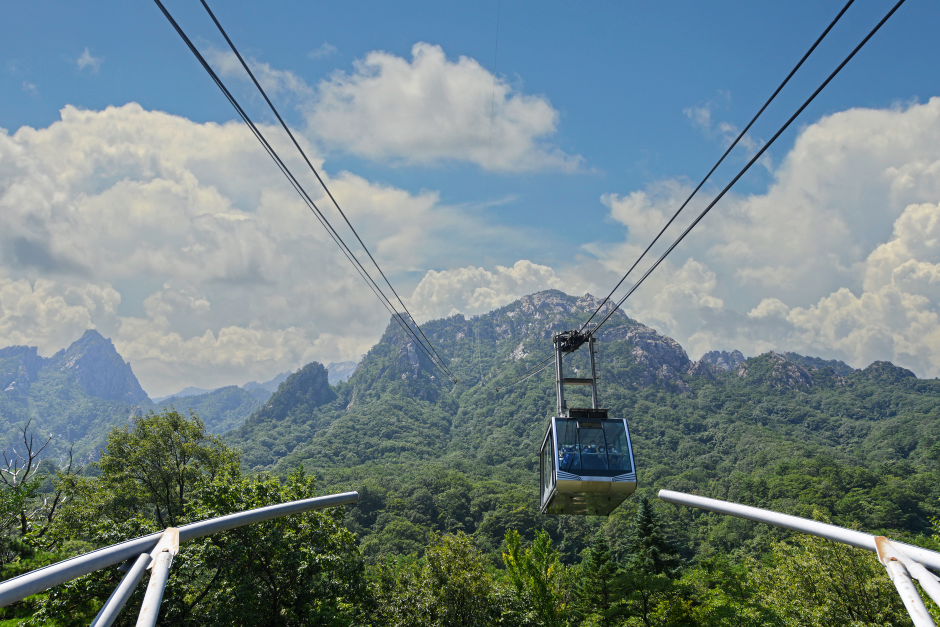
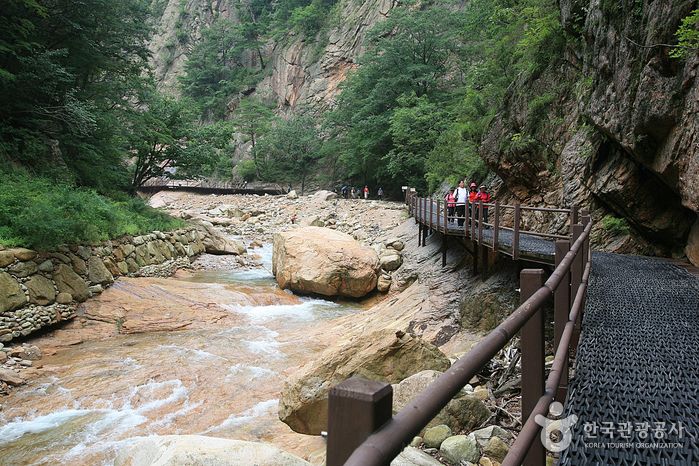
![INJE HOTEL [Korea Quality] / 인제호텔(INJE HOTEL) [한국관광 품질인증]](http://tong.visitkorea.or.kr/cms/resource/42/2634742_image2_1.jpg)
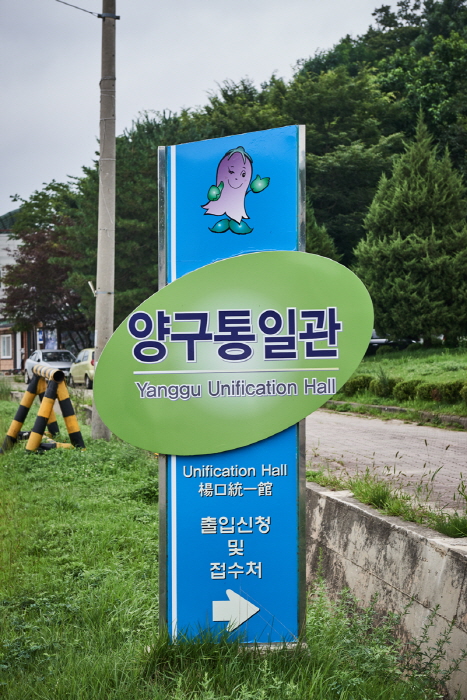
 English
English
 한국어
한국어 日本語
日本語 中文(简体)
中文(简体) Deutsch
Deutsch Français
Français Español
Español Русский
Русский